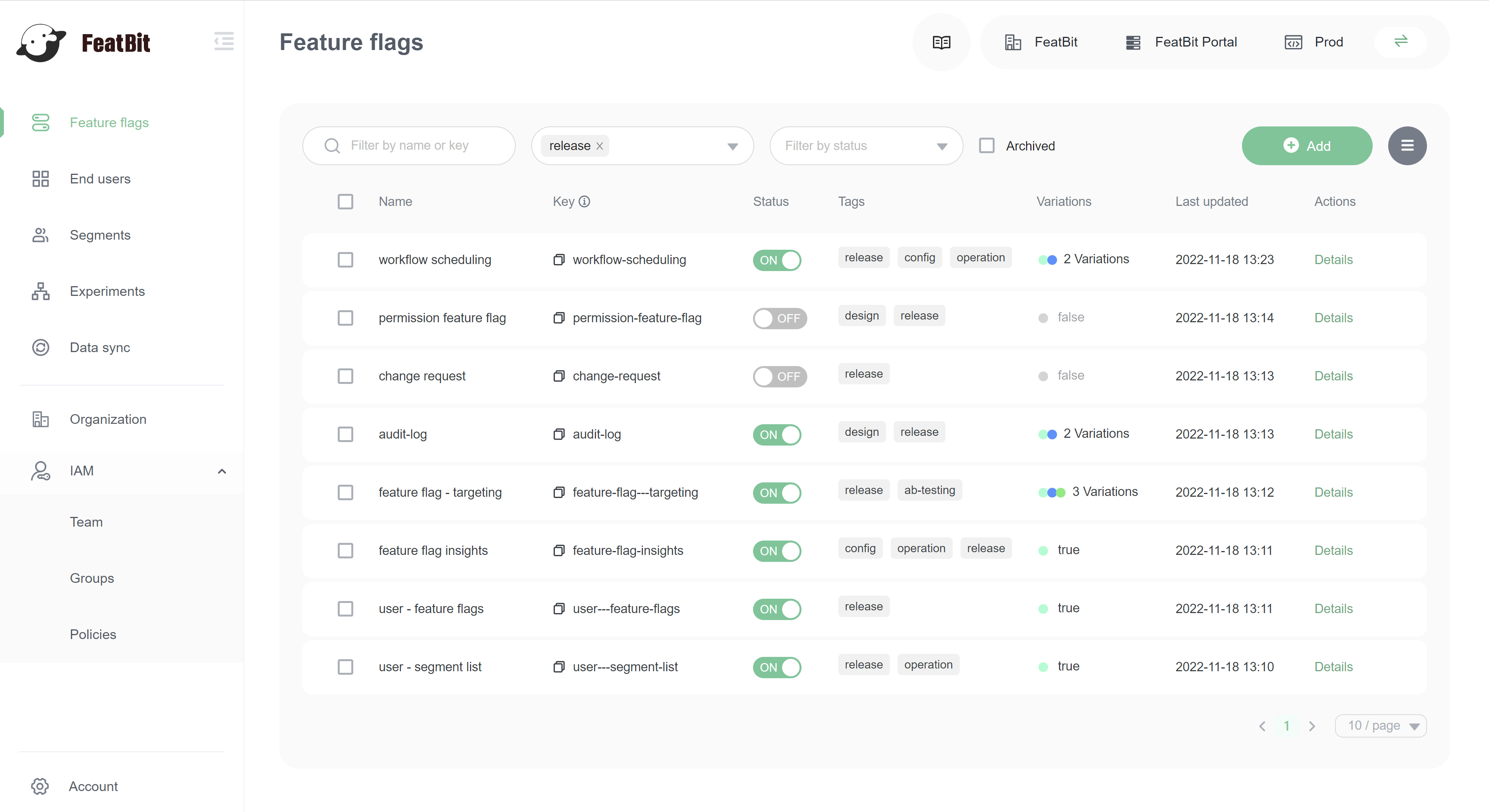Innovate
Your Software
Faster without Risk
Innovate Your Software Faster without Risk
Feature Flags Technical Debt: Best Practices and Pitfalls

Introduction
Technical debt is a term that describes the accumulated cost of maintaining and updating a software system that was not designed or implemented optimally. Technical debt can arise from various sources, such as changing requirements, tight deadlines, lack of documentation, poor coding standards, or legacy code.
Feature flags is a technique that allows developers to toggle the visibility or functionality of certain features in a software system without changing the codebase. Feature flags can be used for various purposes, such as testing, experimentation, gradual rollout, or emergency rollback.
Benefits
Feature flags is a development technique that allows developers to enable or disable specific features within an application. By using feature flags, developers can:
- Test new features in production without affecting end users
- Release features gradually and safely to different segments of users
- Roll back features quickly and easily in case of errors or issues
- Experiment with different variations of features and measure their impact
- Decouple feature development from feature release
Pitfalls
However, feature flags can also introduce technical debt if they are not managed properly. Some of the common pitfalls of feature flags are:
- Having too many feature flags that clutter the codebase and make it hard to read, test, and debug.
- Leaving feature flags on for too long or forgetting to remove them after they are no longer needed, resulting in dead code and configuration complexity.
- Using feature flags inconsistently or incorrectly, leading to unexpected behavior or errors.
- Not documenting or communicating the purpose and status of feature flags, causing confusion and misalignment among stakeholders.
Solution
To avoid these pitfalls and use feature flags effectively, developers should follow some best practices, such as:
- Use a feature flag management system like FeatBit that allows you to create, monitor, and control feature flags from a central dashboard
- Use a consistent naming convention for feature flags that indicates their purpose, scope, and status
- Applying coding standards and conventions for naming and organizing feature flags.
- Documenting and communicating the rationale and scope of each feature flag, as well as the criteria and timeline for removing it.

By following these best practices, developers can leverage the benefits of feature flags while minimizing the risks of technical debt. Feature flags can be a powerful tool for delivering software faster and better, but they require careful planning and management to avoid becoming a source of technical debt themselves.